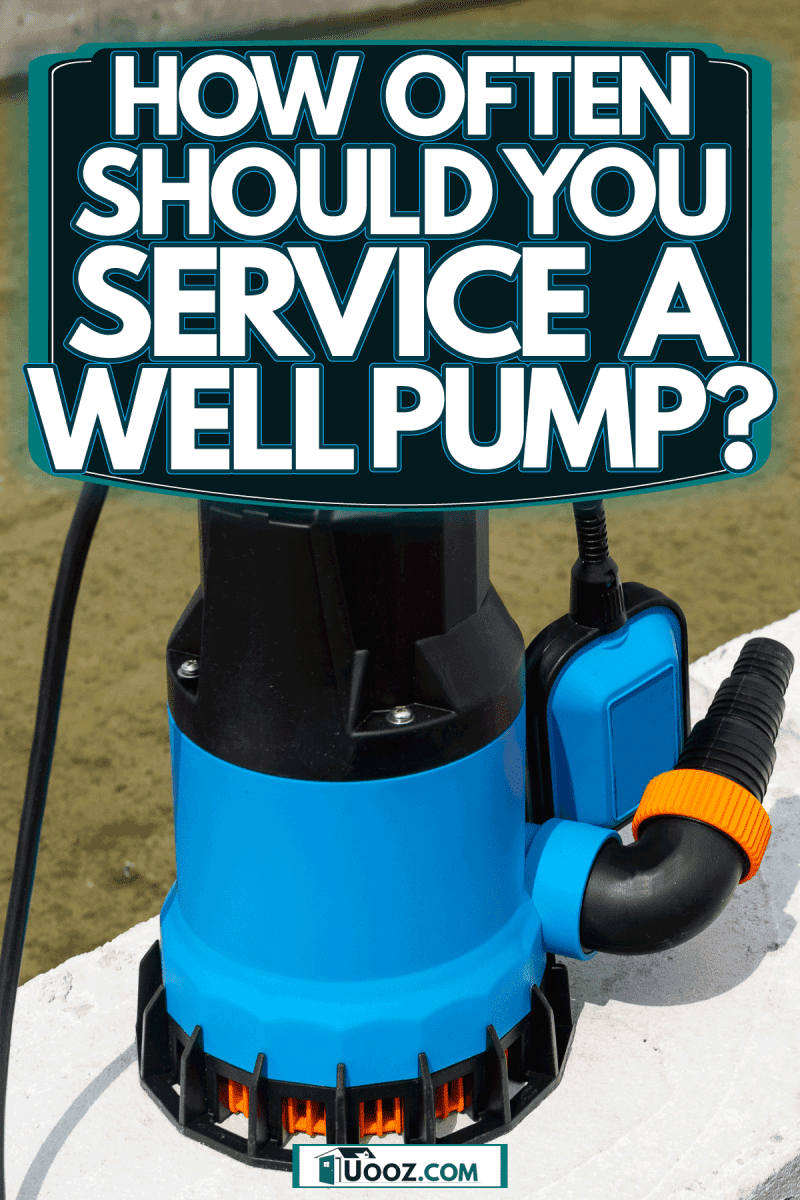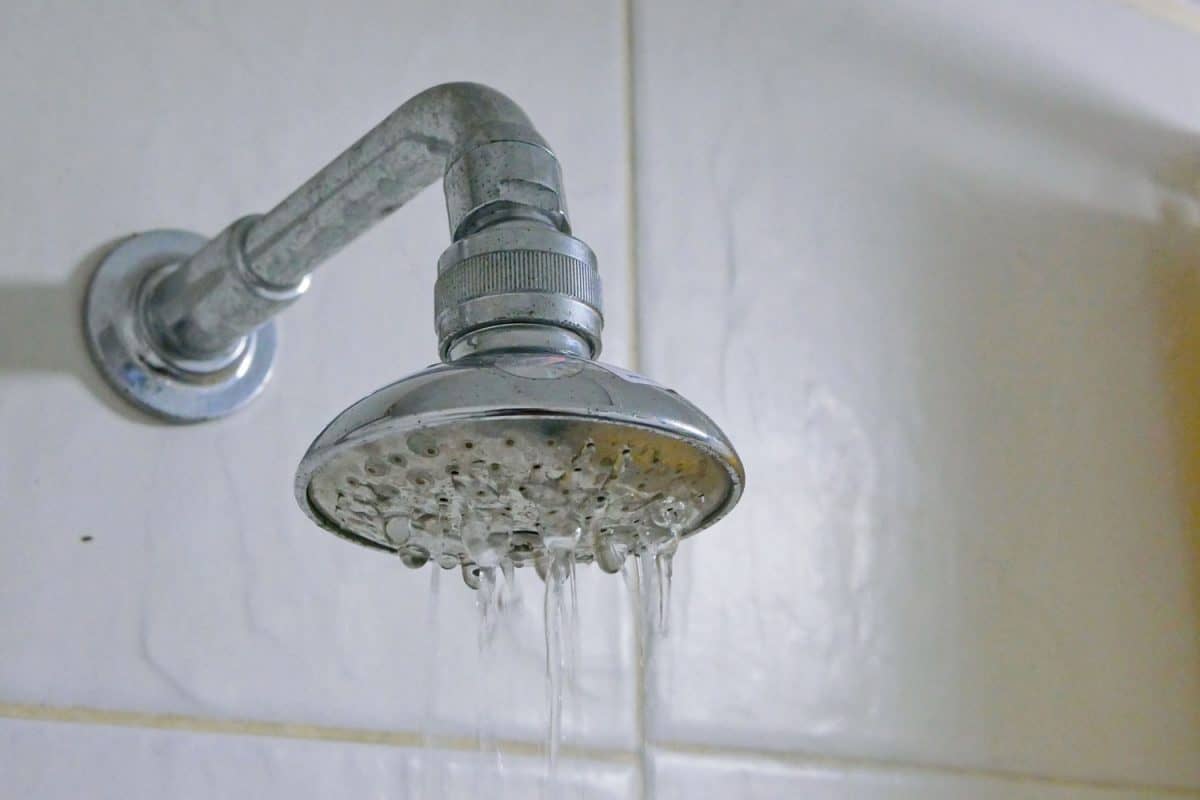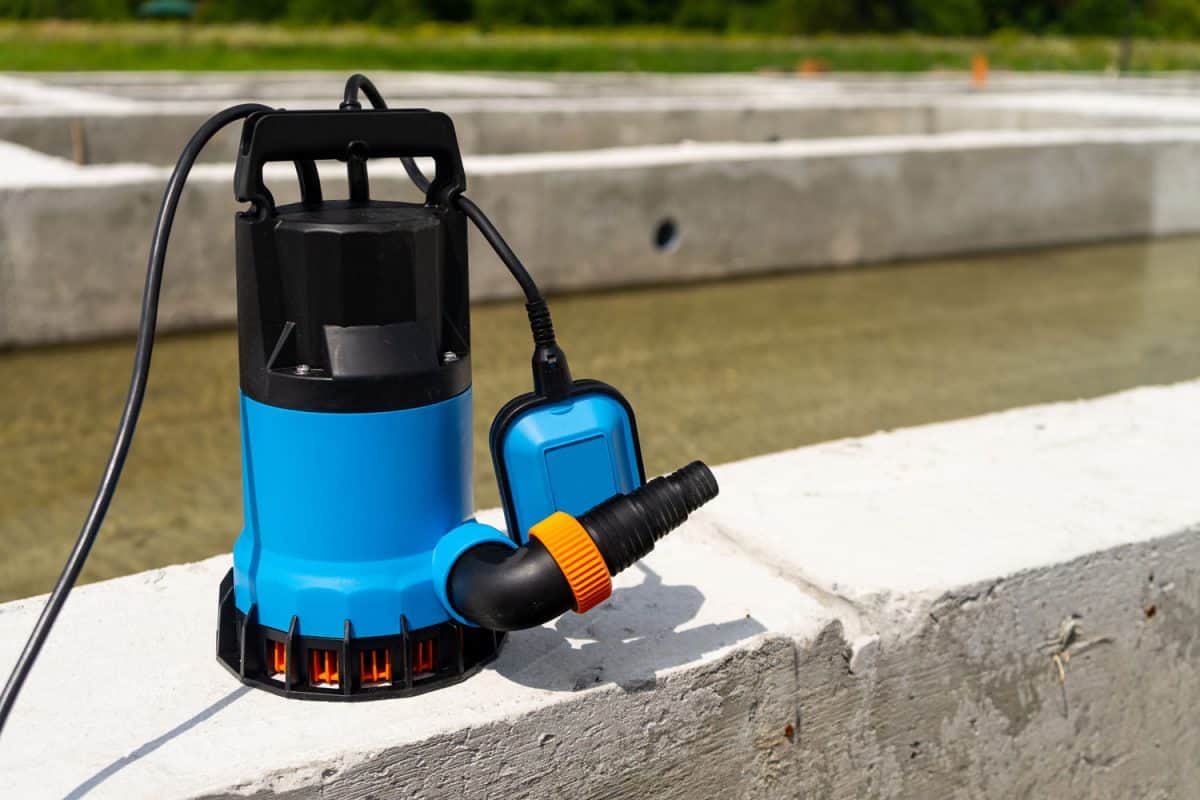A well is a convenient, money-saving water source that many choose to install on their property, but as with all additions to a home, it comes with its own set of responsibilities. One of these is regularly maintaining the well pump, an integral part of the well's system. However, you may not know just how long is appropriate to wait between services. We've done the research to tell you.
Your well pump should be serviced every 1-3 years for regular maintenance. With regular maintenance, you can expect your well pump to last 15 years or more.
So now you know how often to have your well pump serviced, but you may be wondering why this should be done, and you may have other questions about this appliance. As a homeowner, it's always a good idea to be educated on your well's system. Keep reading to learn more.

How Does A Well Pump Work?
The well pump is a vital component of the water system, and when seeking to understand why it needs regular maintenance, it's useful to recognize the different types of well pumps and the way they function.
Above-Ground Pump
The above-ground pump is sometimes referred to as a jet pump. This type of pump delivers water to the home by using a vacuum to pull the water from the well into a nozzle. This is referred to as "indirect pressure."
The above-ground pump is usually located directly in the home or a separate well house. Once the water has been pulled from the well and delivered to the pump, it will then be provided to the home.
Because it uses indirect pressure and the pump is located outside of the well, this means that the water is not provided in a continuous stream. This type of pump is easily accessed for service and maintenance.
Take a look at this above-ground well pump on Amazon.
Submersible Pump
The submersible pump is created with quality in mind, produced with impermeable, solid metals, and is soldered so that its inner system will not be damaged. This pump is meant for use with deep wells of 75 feet or more.
This unit is placed directly inside the well. It uses "direct pressure" from the water's surface to pull water from deep within the well and deliver it to the storage tank and then to the home.
This type of pump is often thought of as superior in design to the above-ground pumps, and although it is less convenient to reach for maintenance, it can make up for this disadvantage by being less susceptible to corrosion, and therefore needing maintenance and service less often.
Check out this submersible well pump on Amazon.
What Are The Signs Of A Well Pump Going Bad?
It's certainly important to have your well pump regularly serviced, and this should be done every 1-3 years. But there may also be times that you need your well pump to receive maintenance more urgently. Here are some signs that your unit needs an overhaul.
Low Or Inconsistent Water Pressure

Water pressure that is "off" can be quite bothersome or even maddening. If you've ever stepped into a shower after a long day to find that the water drips from the showerhead, you know this to be true.
This is one of the things to watch out for when you have this type of water provision for your home, as it may signal a more serious issue within your system, namely the well pump's sediment filter or pressure switch. The regular water pressure should lie somewhere between 40-60 psi.
Cycling Repeatedly
You may notice that your well pump seems to be constantly running, or turning on and off very frequently. This is one of the signals that may be more difficult to decipher, as there is a large range of acceptable cycles for a well pump—between 10-300 times per day.
However, if you have lived in the home for a significant amount of time and you find that this amount of cycling is not typical for your well with how much water you and your family are using, you can trust your instincts and assume that it is too often.
Cloudy Or Bad Tasting Water
Of course, this is always something to take seriously, as low-quality water can pose a health risk to you and your family. But it can also signify an issue with your well pump that needs to be addressed.
Perhaps the sediment filter is clogged, or the valves are compromised. It's not always an issue with your well pump that is causing the problem, but it certainly could be.
Pumping Sand Or Sediment
A well is drilled so that the water should be clear and free of sediment. However, over time, it may "silt in." This will cause sand to fall inward into the well, settling at the bottom. Then the pump may have more sediment to filter than it is created to handle.
You could then begin to see sand or sediment in your water. If you pour a glass of water that appears cloudy, try setting it out to see if anything begins to settle at the bottom.
If it does, this means that these particles are being processed through your pump into your home's provided water.
This is troublesome for the home's inhabitants who need this water to bathe and wash, but it's also troublesome for the pump. Pumping sediment and sand through its system will quickly cause corrosion and disrepair.
Air In The System
Air in the system can be seen when faucets often "spit" or provide very inconsistent water pressure. This is an annoyance at best, and a serious issue to be found at worst.
In this case, the submersible pump could be above the water table, or the pipe from the water source to the above-ground pump could be pierced or corroded.
High Electric Bills
Your well is powered by your home's electricity. You may not notice many other of these signals, but a high electric bill is hard to miss. If you consistently receive high electric bills, this may be due to your well pump not functioning efficiently.
How Do You Maintain A Well Pump?

While the owner of a well cannot provide in-depth maintenance to the system, they can prevent potential issues from occurring by doing certain things to keep the system in top condition.
In addition, many homeowners cannot do much to service the well pump itself, but doing their part to take care of the system as a whole is helpful to keeping the well pump at top functionality.
Some tasks for a well owner include:
- Pay close attention to the well function and water quality.
- Keep leaves and other debris away from the well's opening.
- Slope the ground away from the well's opening.
- Routinely check the well cap and casing and take care to protect it from damage.
- Keep hazardous materials away from the well and prevent back-siphonage.
- Routinely have the well water tested—at least once per year.
How Much Does It Cost To Service A Well?
There are different types of well services, and so the costs will vary. Basic routine well maintenance averages $150-$350.
To have a well inspected, the cost to you may be $300-$500. If you desire to have your well water professionally tested, you can expect the price to be on the higher end of this spectrum.
Do Submersible Well Pumps Need Maintenance?
While submersible well pumps do consist of a superior and more durable design, they do still require regular maintenance if they are to work at top efficiency. They are less likely to experience failures than their above-ground counterparts, though, and may have a longer lifespan.
How Long Does A Well Pump Last For?
A well pump that does not receive regular maintenance may last for 8 years, or less. This is a relatively short lifespan. If you do make sure to service your well pump, it could last for 15 years or longer.
In Closing
A homeowner who chooses to install a well will have the responsibility of regularly acquiring service for the pump, whether it is above-ground or submersible. While this may seem like an inconvenient financial burden, it will save you money and headaches in the long run.
Not only will it keep the pump running at top efficiency for longer, but it will also give you a warning for when your pump needs to be replaced, instead of experiencing a catastrophic failure in your well system. Servicing your well pump every 1-3 years is essential to guaranteeing a healthy system.
Want to learn more about your home's well system? Visit these related posts:


